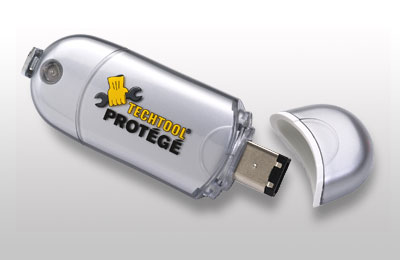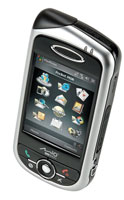
In the world of technology, there are two names that consistently impress me with their ability to mix innovation, humanity and fun. Apple is one, Nintendo is the other. Another characteristic they both share is influence far beyond that which their sales figures might suggest. Look at any list of 'greatest computer games ever' and Nintendo titles will be in the top ten.
For some time Nintendo has been talking about releasing a new console. Code-named 'Revolution', its main feature is a revolutionary new 'joypad', which will work in a similar way to a television's remote control (for more info, click here).
Yesterday, Nintendo announced the launch name of its next games console with this typically quirky (and frustratingly brief) press release.
Introducing... Wii
As in 'We'.
While the code name 'Revolution' expressed our direction, Wii represents the answer.
Wii will break down the wall that separates video game players from everybody else.
Wii will put people more in touch with their games... and each other.
But you're probably asking: What does the name mean?
Wii sounds like 'We', which emphasises this console is for everyone.
Wii can easily be remembered by people around the world, no matter what language they speak. No confusion. No need to abbreviate. Just Wii.
Wii has a distinctive 'ii' spelling that symbolises both the unique controllers and the image of people gathering to play.
And Wii, as a name and a console, brings something revolutionary to the world of video games that sets it apart from the crowd.
So, that's Wii. But now Nintendo needs you.
Because, it's really not about you or me.
It's about Wii.
And together, Wii will change everything.
A small QuickTime video was also released.
Geek forums are already awash with 'shock/gasp/horror' comments on the 'silly' name. It's already growing on me. It sidesteps the need to create another 'gamestation' derived title. And, of course, like most nouns, context and usage will soon see it used without a second thought, joining the ranks of the existing computer games looney tunes vocabulary (Bibble Bobble, Nintendogs, Donkey Kong, Super Smash Bros, Yoot Saito's Odama, etc...).
For those of you interested, IGN have released a good interview with Nintendo's VP of corporate affairs.
And finally, is it only me who finds the 'Wii' name, the logo, and the movie's style, incredibly Apple/Pixar-like?
------------



































